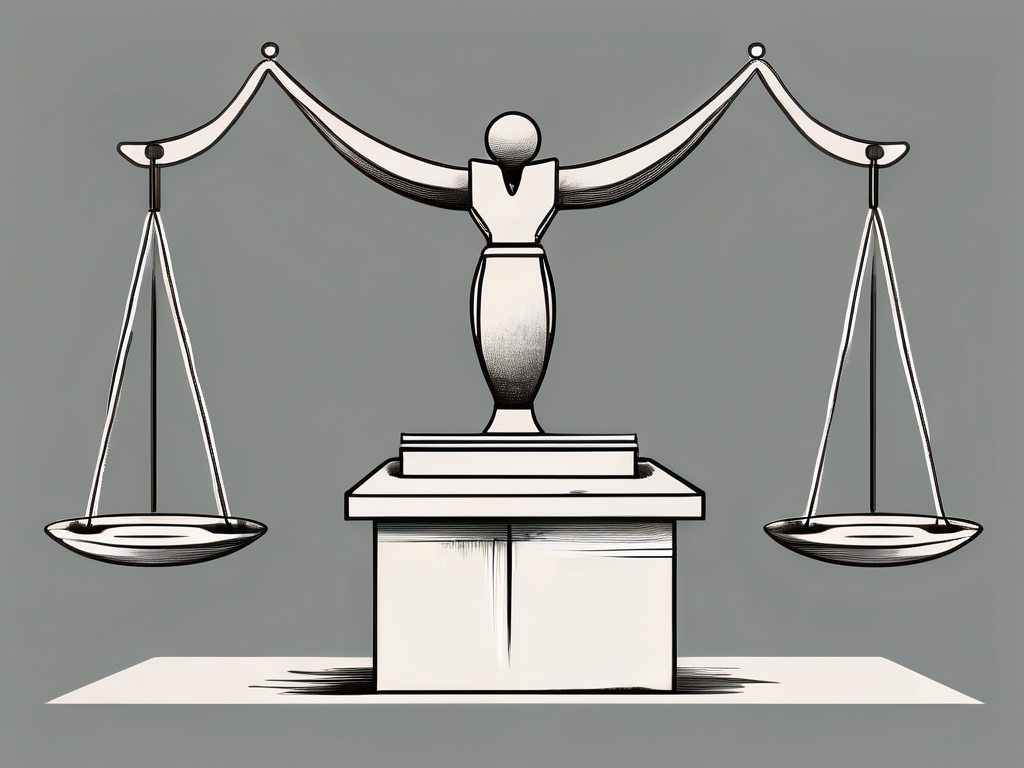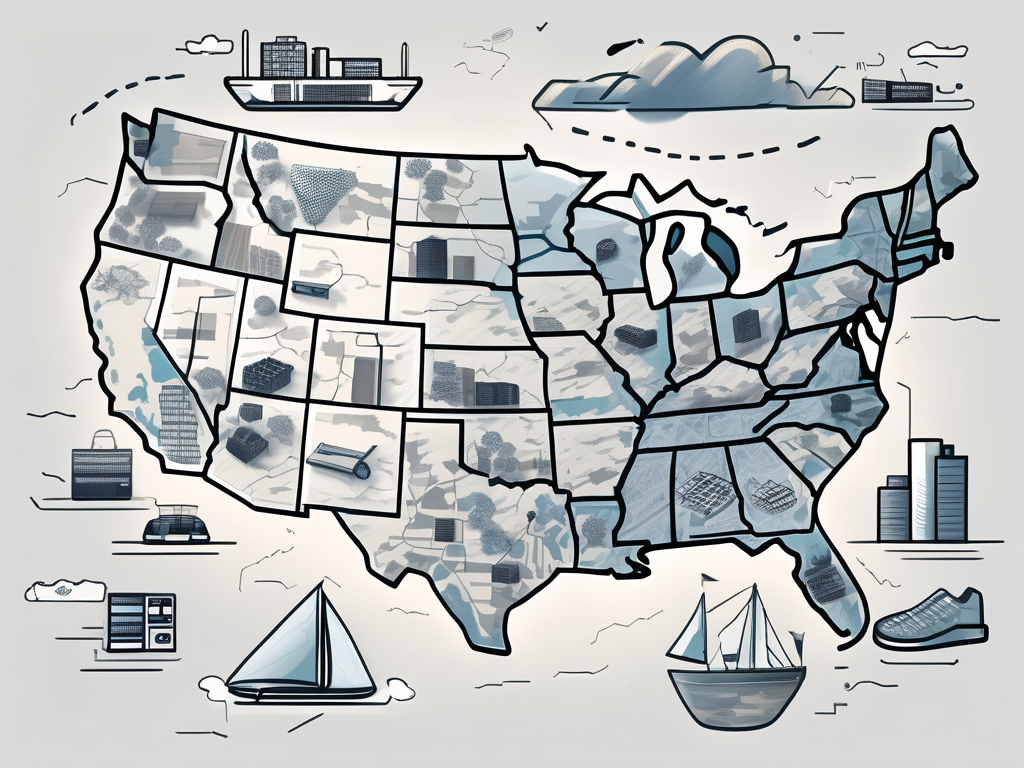Understanding Amazon FBA and Dropshipping
When it comes to starting an online business, two popular models often come to mind: Amazon FBA and dropshipping. These business models have gained significant traction in recent years, offering aspiring entrepreneurs the opportunity to make money online. While both options have their merits, it’s important to understand the differences between Amazon FBA and dropshipping before diving in.
What is Amazon FBA?
Amazon FBA, or Fulfillment by Amazon, is a program offered by the e-commerce giant that allows sellers to store their products in Amazon’s fulfillment centers. Once an order is placed, Amazon takes care of the shipping, customer service, and returns on the seller’s behalf. This hands-off approach makes it a popular choice among sellers looking to scale their operations.
With Amazon FBA, sellers can take advantage of Amazon’s extensive logistics network and infrastructure. This means that sellers don’t have to worry about storing inventory, packing orders, or dealing with shipping carriers. Amazon handles all of these aspects, allowing sellers to focus on other important aspects of their business, such as product sourcing, marketing, and customer acquisition.
What is Dropshipping?
Dropshipping, on the other hand, is a business model in which sellers don’t hold inventory. Instead, they act as intermediaries between customers and suppliers. When a customer places an order, the seller forwards it to the supplier who then ships the products directly to the customer. Dropshipping removes the need for inventory management and allows sellers to focus on marketing and customer acquisition.
One of the key advantages of dropshipping is the low barrier to entry. Since sellers don’t need to invest in inventory upfront, they can start their business with minimal capital. This makes dropshipping an attractive option for entrepreneurs who are just starting out or those who want to test the market before committing to a large inventory.
Additionally, dropshipping offers sellers the flexibility to sell a wide range of products without the need for physical storage space. Sellers can easily add or remove products from their online store, allowing them to adapt to changing market trends and customer preferences. This agility is a significant advantage in the fast-paced world of e-commerce.
The Business Models Explained
Now that we have a basic understanding of Amazon FBA and dropshipping, let’s dive deeper into how these business models work.
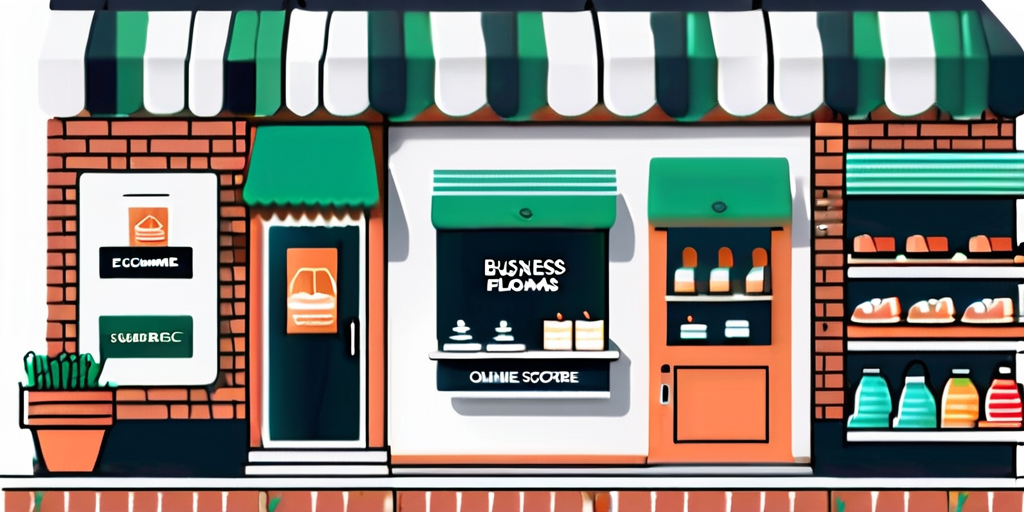
How Does Amazon FBA Work?
With Amazon FBA (Fulfillment by Amazon), sellers send their products to Amazon’s fulfillment centers. Once the products are received, Amazon takes care of the storage, packaging, and shipping. This means that sellers can leverage Amazon’s vast infrastructure and customer base to reach a wider audience. But what happens behind the scenes?
When a seller decides to use Amazon FBA, they create a product listing on Amazon’s marketplace. They then package their products and ship them to one of Amazon’s fulfillment centers. Once the products arrive, Amazon’s team of warehouse workers unpacks and organizes the inventory. Each product is assigned a unique barcode, making it easy to track and locate.
When a customer places an order, Amazon’s system automatically selects the closest fulfillment center with the product in stock. The warehouse workers then pick, pack, and ship the item to the customer. Amazon’s advanced logistics network ensures that the product reaches the customer quickly and efficiently, often within just a couple of days.
How Does Dropshipping Work?
Dropshipping operates differently. Sellers advertise products on their online store or marketplace, such as Shopify or eBay, without actually stocking any inventory. But how does this process unfold?
When a customer places an order for a product, the seller receives the payment and order details. The seller then contacts the supplier or manufacturer, providing them with the customer’s shipping address and order details. The supplier or manufacturer then packages and ships the product directly to the customer. This allows sellers to focus on marketing and customer acquisition, as they don’t have to worry about storing or shipping products.
One of the advantages of dropshipping is that sellers have the flexibility to offer a wide range of products without the need for upfront inventory investment. They can quickly test different products and niches to find what resonates with their target audience. Additionally, dropshipping allows sellers to work from anywhere with an internet connection, providing them with the freedom to run their business remotely.
By understanding the inner workings of Amazon FBA and dropshipping, sellers can make informed decisions about which business model aligns best with their goals and resources. Whether it’s leveraging Amazon’s infrastructure or exploring the flexibility of dropshipping, these business models offer unique opportunities for entrepreneurs to thrive in the e-commerce landscape.
Pros and Cons of Amazon FBA
Both Amazon FBA and dropshipping have their advantages and disadvantages. Let’s take a closer look at the benefits and drawbacks of choosing Amazon FBA as your business model.
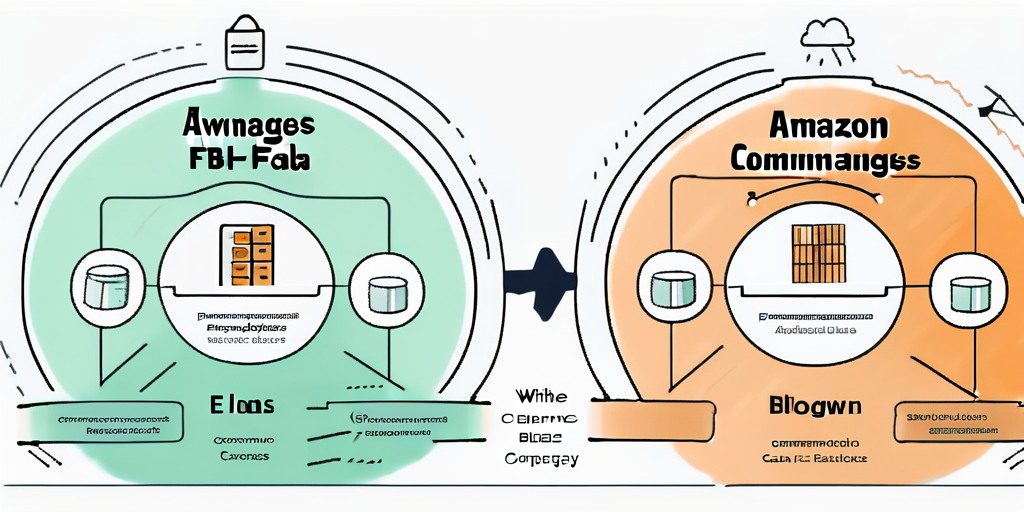
Benefits of Amazon FBA
- Wide Customer Reach: By leveraging Amazon’s platform, sellers have access to millions of potential customers. This vast customer base allows sellers to tap into a global market and increase their chances of making sales.
- Prime Eligibility: Amazon Prime members enjoy free two-day shipping on eligible FBA products, increasing the likelihood of conversions. This perk not only attracts more customers but also helps sellers build trust and loyalty with Prime members.
- Customer Service Support: Amazon handles customer inquiries, returns, and even offers a 24/7 helpline, freeing up sellers’ time. This exceptional customer service not only enhances the overall shopping experience but also helps sellers maintain a positive reputation on the platform.
Drawbacks of Amazon FBA
- Higher Fees: Amazon charges storage fees, referral fees, and fulfillment fees, which can eat into profits. While these fees are necessary for utilizing Amazon’s infrastructure and services, sellers need to carefully consider their pricing strategy to ensure they can cover these expenses and still make a profit.
- Less Control Over Shipping: While Amazon takes care of shipping, sellers have limited control over the process and carrier selection. This lack of control can sometimes result in delays or mishandling of products, which may negatively impact the customer experience and seller reputation.
- Competition: As Amazon FBA continues to gain popularity, the marketplace becomes more competitive, making it challenging to stand out. With thousands of sellers offering similar products, sellers need to invest in marketing, branding, and product differentiation strategies to attract customers and stay ahead of the competition.
Despite these drawbacks, Amazon FBA remains a popular choice for many sellers due to its extensive reach, convenience, and customer service support. By carefully weighing the pros and cons, sellers can make an informed decision and leverage the benefits of Amazon FBA to grow their business.
One additional advantage of Amazon FBA is the ability to utilize Amazon’s advanced fulfillment network. With warehouses strategically located across the globe, Amazon can store and ship products efficiently, reducing delivery times and improving customer satisfaction. This network also allows sellers to take advantage of Amazon’s multi-channel fulfillment option, enabling them to fulfill orders from other sales channels, such as their own website or other online marketplaces, using Amazon’s reliable and efficient infrastructure.
Pros and Cons of Dropshipping
Now let’s examine the pros and cons of dropshipping, another popular business model. But before we dive into the details, let’s take a closer look at what dropshipping entails.
Dropshipping is a retail fulfillment method where sellers don’t keep the products they sell in stock. Instead, when a store sells a product, it purchases the item from a third party and has it shipped directly to the customer. As a result, the seller doesn’t have to handle the product directly or maintain any inventory.
Benefits of Dropshipping
- No Need for Upfront Inventory: Dropshipping eliminates the need for storing inventory, reducing startup costs. This means that entrepreneurs can launch their businesses with minimal financial investment, making it an attractive option for those with limited funds.
- Flexible Location: Since there’s no physical inventory to manage, dropshipping allows sellers to work from anywhere with an internet connection. Whether you’re traveling the world or prefer the comfort of your own home, dropshipping offers the freedom to run your business from any location.
- Wide Product Selection: With dropshipping, sellers have the flexibility to offer a wide variety of products without the constraints of inventory. This means that you can test different product niches and expand your offerings without the risk of being stuck with unsold inventory.
Now that we’ve explored the benefits, let’s take a closer look at some of the drawbacks that come with dropshipping.
Drawbacks of Dropshipping
- Supplier Dependence: Reliance on suppliers means there’s a risk of stockouts, shipping delays, or poor product quality. It’s crucial to choose reliable suppliers who can consistently meet your customers’ expectations to avoid any potential issues that may arise.
- Lower Profit Margins: Dropshipping typically yields lower profit margins due to increased competition and lower product costs. Since it’s easier for others to enter the market, you may find yourself facing more competitors, which can drive prices down and squeeze your profit margins.
- Customer Service Responsibilities: Since sellers act as intermediaries, they bear the brunt of customer inquiries and returns. While this can be an opportunity to build strong relationships with your customers, it also means that you need to be prepared to handle any issues that may arise and provide excellent customer service.
Despite these drawbacks, dropshipping remains a popular choice for many entrepreneurs due to its low startup costs, flexibility, and wide product selection. By carefully considering the pros and cons, you can determine if dropshipping is the right business model for you.
Financial Considerations
Cost is a key consideration when choosing between Amazon FBA and dropshipping.
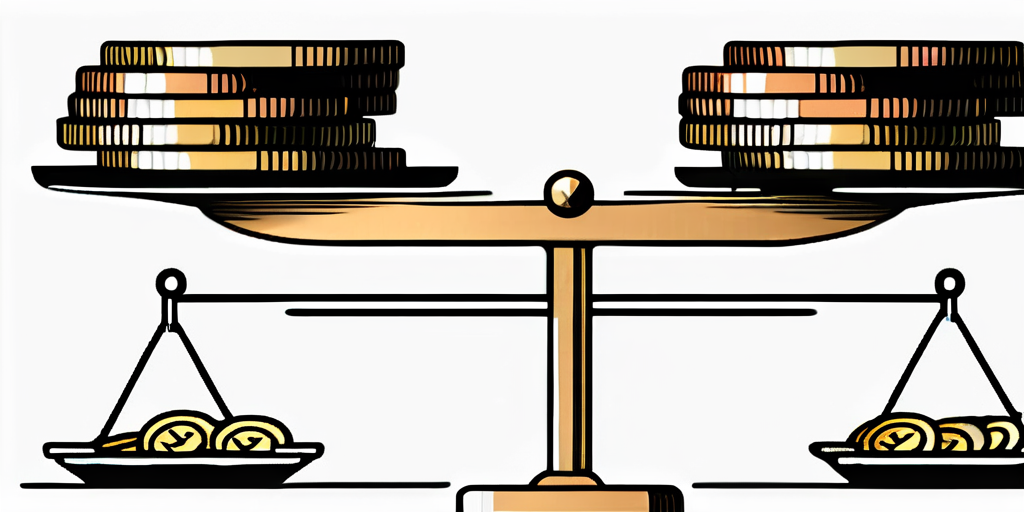
Cost Structure of Amazon FBA
When using Amazon FBA, sellers must factor in product costs, Amazon fees (referral fees, storage fees, etc.), shipping costs to Amazon’s fulfillment centers, and marketing expenses. It’s crucial to calculate these costs accurately to ensure profitability.
Cost Structure of Dropshipping
Dropshipping costs tend to be lower since sellers don’t need to invest in inventory upfront. However, sellers should consider expenses such as supplier product costs, marketing expenses, and platform fees.
Conclusion
Both Amazon FBA and dropshipping offer exciting opportunities for aspiring online entrepreneurs. Amazon FBA provides a hassle-free approach with access to a massive customer base, while dropshipping allows for flexibility and lower startup costs. Assess your goals and resources to determine which model aligns best with your business objectives. Remember, understanding the strengths and weaknesses of each model is vital to building a successful online business.
